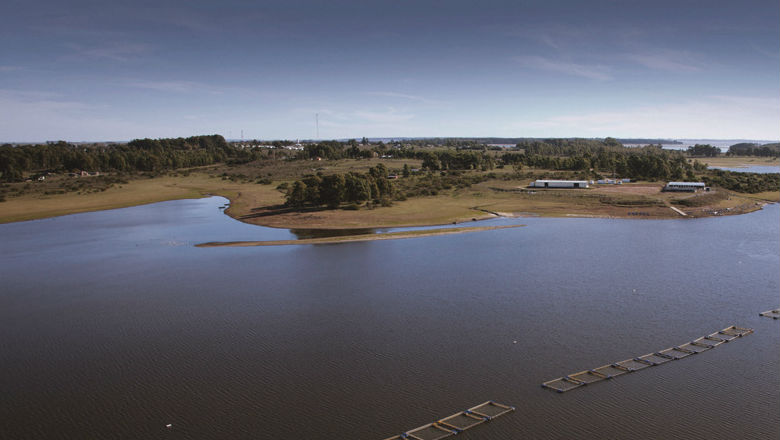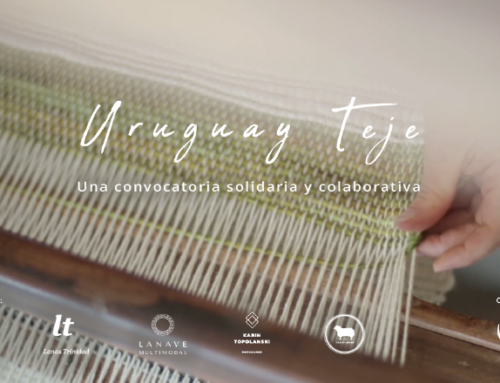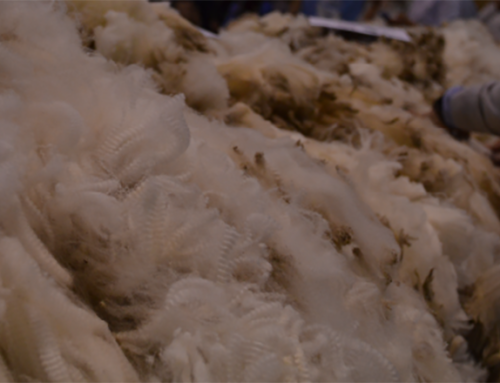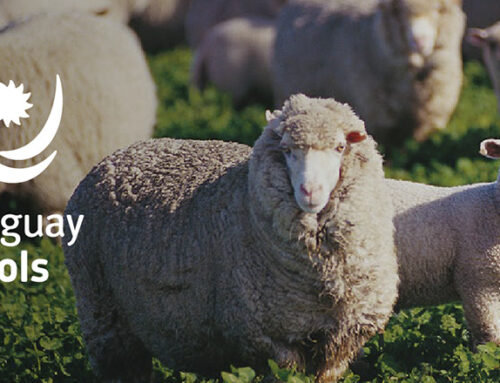Beef and wine producer Uruguay is branching out into a product not normally associated with the pampas of South America -caviar. And it isn’t just any caviar, it’s premium ossetra caviar, and give it another few years, the even more expensive beluga caviar.
The country’s largest producer, Esturiones del Rio Negro SA, is in talks with a European investor and a Japanese company to help triple production to 11 tons by 2019, said co-owner and a director, Javier Alcalde.
The company started producing caviar from Siberian sturgeon on the Rio Negro, or Black River, in 2001 from fertilized sturgeon eggs imported from Russia. Now it is switching output almost exclusively to Russian sturgeon that yields prized ossetra caviar, selling its Black River Caviar directly to connoisseurs and restaurants through distribution joint ventures in the U.S. and Europe. “We want to bring somebody on board that gives us a little more professionalism in the area of global distribution,” said Alcalde, whose family owns 80 percent of the company, said by phone. “I think Asia and especially the Middle East are markets that can easily absorb more product.”
Alcalde expects to sell 40 percent of his caviar to nontraditional markets in Latin America, Asia and the Middle
East by 2018. Today, Europe and the U.S. buy 80 percent of his caviar.
Global Boom
Uruguay joined the global boom in sturgeon farming as wild fish stocks in the Caspian Sea basin were decimated by over- fishing after the collapse of the Soviet Union. International restrictions on wild caviar exports during the last 10 years have also boosted aquaculture. Some 90 sturgeon farms produced an estimated 240 tons of
caviar in 2014, led by China at 54 tons, followed by Italy at 42 tons, and Russia third at 40 tons, according to data compiled by the Federation of European Aquaculture Producers. Uruguay ranked seventh at 7 tons, and Esturiones del Rio Negro’s expansion coupled with rising production by start-up Estuario del Plata could lift output to as much as 17 tons in 2019.
Virgin Markets
Uruguay’s family-owned Estuario del Plata began harvesting caviar this month and plans to increase annual production from 600 kilos to five or six tons by 2019, general manager Facundo Marquez said. Marquez sees growing demand for caviar from “virgin’’ markets like Latin America and new consumers who want to move
upmarket after trying low-cost Chinese eggs that flooded the market in recent years.
Uruguayan producers have responded to the deluge of Chinese caviar by raising more valuable species such as the Russian sturgeon. At $335 for a 50-gram tin, Alcalde’s top ossetra competes with premium ossetra brands sold by caviar retailers Petrossian and Marky’s.
The company is also raising small numbers of the rare Beluga sturgeon, whose caviar is one of the most expensive in
the world. In Europe, 50 grams of farmed beluga caviar from China can retail for about $678 at the current exchange rate. And for the ecologically minded, Estuario del Plata is seeking an organic certificate for its caviar.
“The big advantage Uruguay has is an almost wild, natural production system,’’ said Marquez. The more than $2 million expansion project at Esturiones del Rio Negro will not only allow the company to reach new
markets, but will also protect its sturgeon from spikes in water temperature during the hot summer months.“Climate change is here to stay and we can’t ignore that,” Alcalde said.
By Ken Parks (Bloomberg) –





